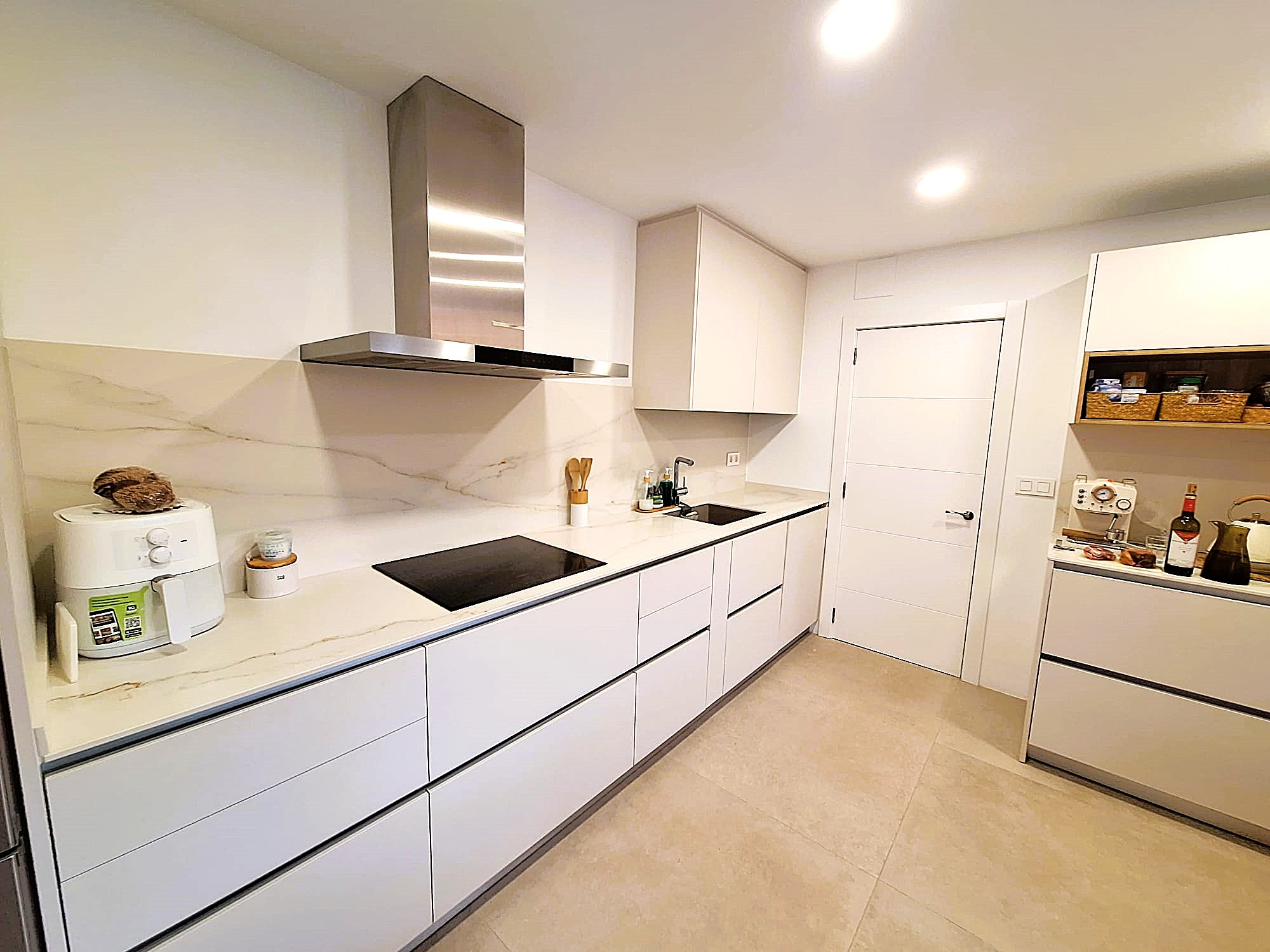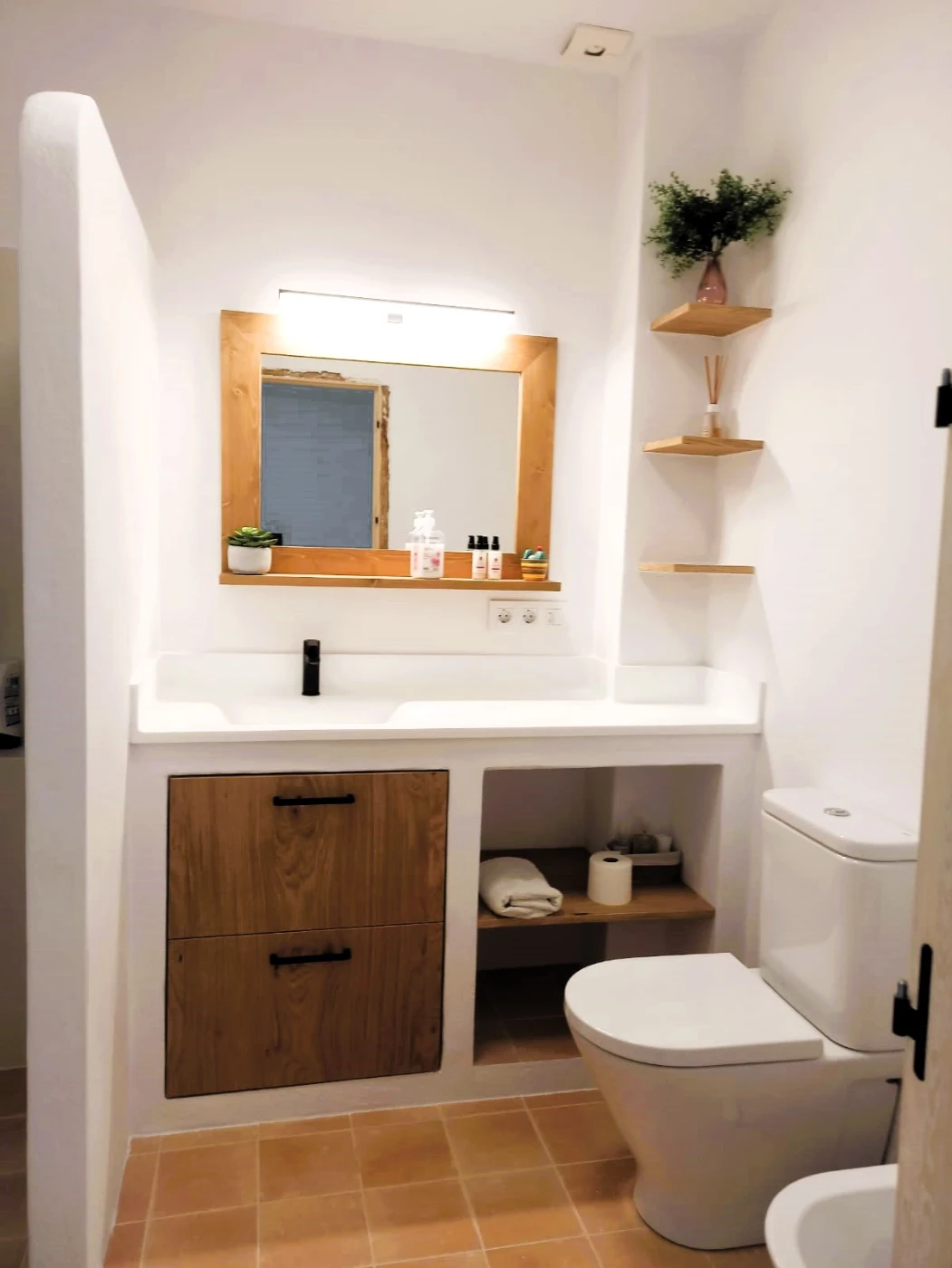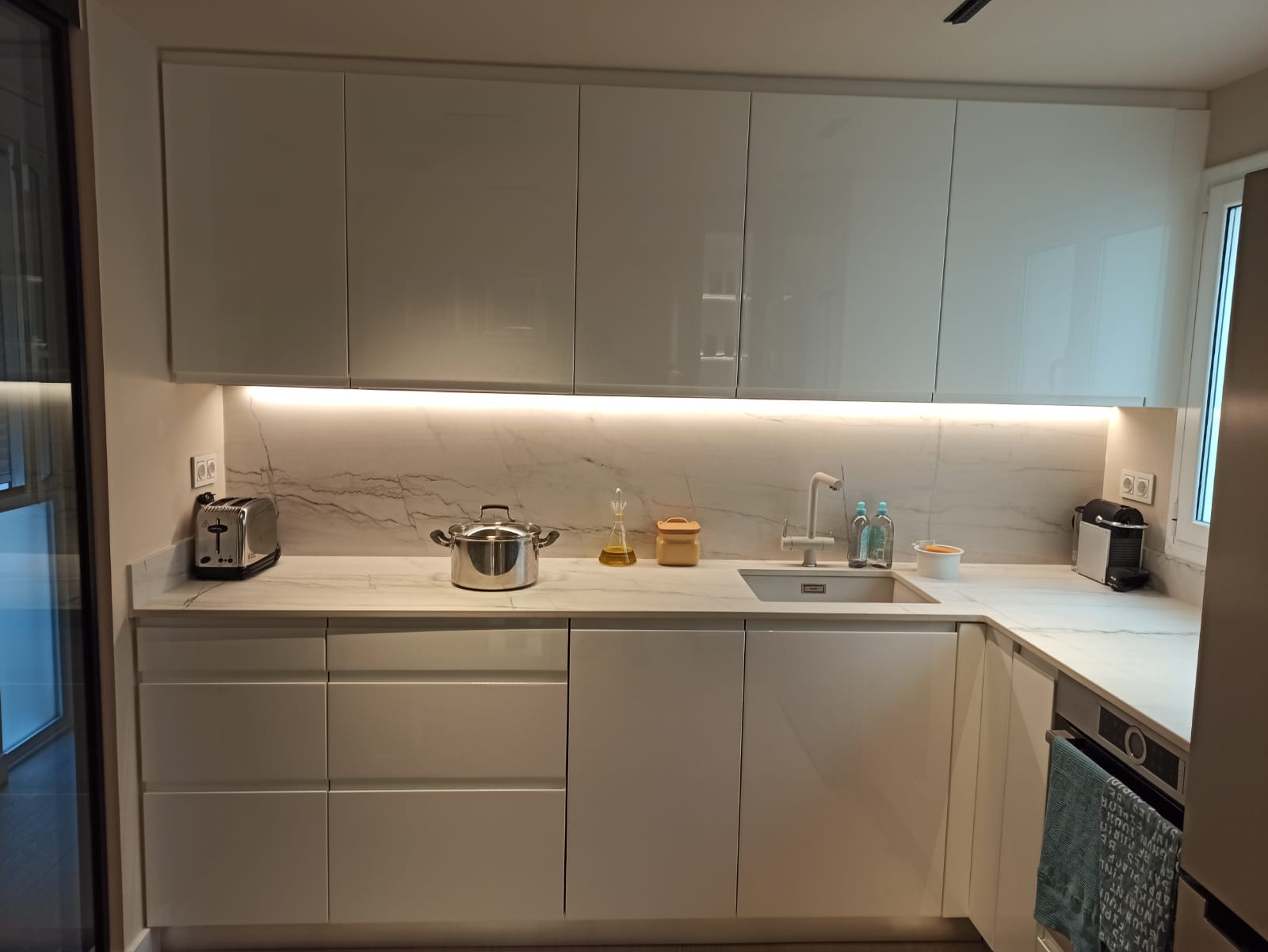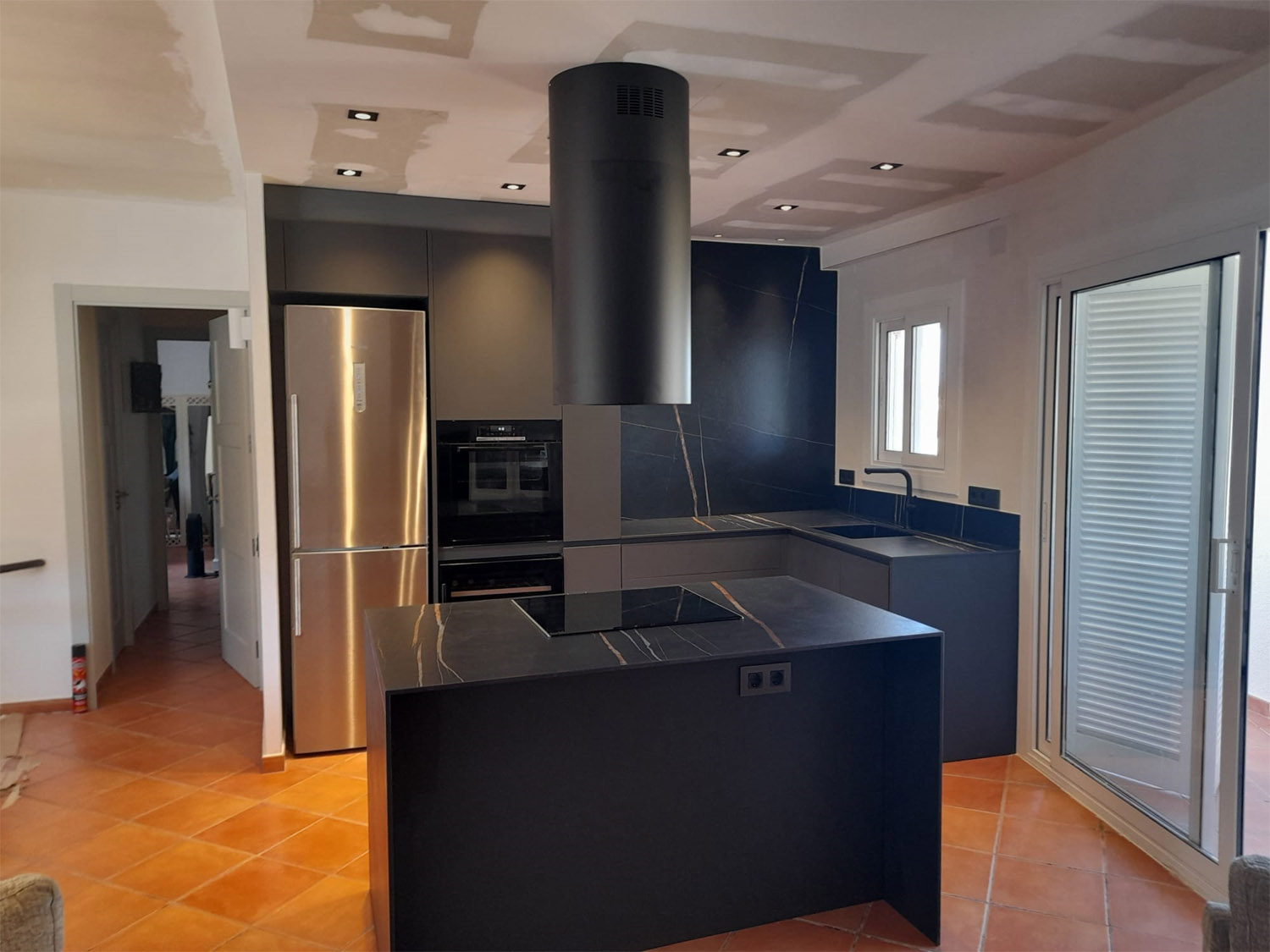Is it the new economical appliance or an electricity guzzler? In fact, a glance at the energy label should be enough to clarify this question. But the old labeling often caused confusion, because a large proportion of appliances were recently in the “plus classes” A+, A++ or A+++.
Thus, the EU-wide labeling system has been thoroughly revised and rescaled. From the beginning of March 2021, product groups such as refrigerators or washing machines must carry the new label.
What has changed for consumers as a result and what are the benefits of the new energy label?
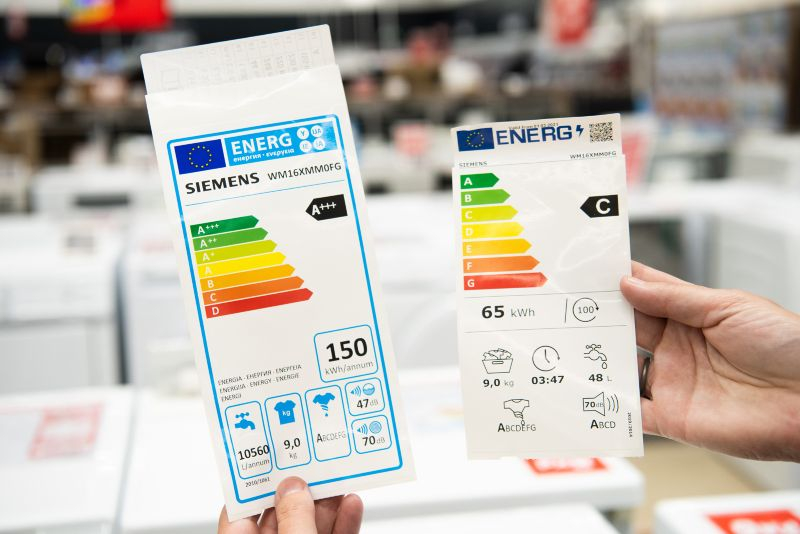
Energy efficiency classes: Here’s what the letters A to G on the energy label mean
In the EU, manufacturers of large household appliances have been obliged since 1995 to place a clearly recognizable energy label on the appliance. This label provides information on energy consumption as well as other usage characteristics. To provide consumers with a simple overview, a scale with classes A (very low energy demand) to G (very high demand) was initially introduced. The decisive factor for the ranking was the energy demand compared to a fictitious reference device. For example, a refrigerator of class A should consume less than 55% of the reference value, while a refrigerator of the worst class G should consume 150% more.
For which household appliances is energy consumption labeling mandatory in Germany?
- Refrigerators and freezers
- Dishwasher
- Washers and dryers
- Televisions
- Domestic ovens
- Kitchen hats
- Lamps and luminaires
- Vacuum cleaners
- Air conditioners
- Heaters
- Living space ventilation units
- Water heaters and hot water tanks
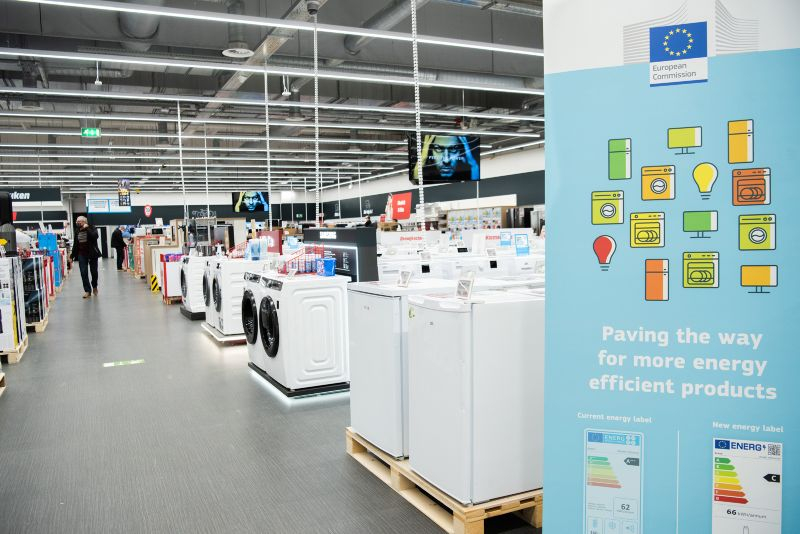
Technical progress generates confusion
But a lot has happened since the 1990s. Manufacturers have developed increasingly efficient appliances and, gradually, almost all models have been placed in the A and B classes. To take into account technical progress, the “best class” A was eventually extended with plus signs. Starting in 2011, dishwashers, washing machines, televisions and refrigerators with energy efficiency class A+++ were launched on the market. A TV set in this maximum efficiency class already consumed 90% less electricity than the corresponding reference appliance.
In addition, the EU has introduced minimum standards, which often render lower energy classes obsolete. For example, as of November 2015, dryers in classes C to G could no longer be sold. Thus, an appliance with the apparently good energy efficiency class B just met the legal standards in 2016. For dishwashers and refrigerators, even class A+ was defined as the minimum standard.
The inevitable consequence: almost all appliances sold recently belonged to energy efficiency classes A+ to A+++. But a label that gives good marks even to an energy guzzler says little. To restore the original meaning and purpose, the EU has decided to thoroughly revise the energy label in a gradual process.
From the beginning of March 2021, the first product groups, such as refrigerators, washing machines and dishwashers, are required to be labeled with the “new energy label”. This involves the following changes:
1. new scale of energy efficiency classes A to G
Classes A+ to A+++ disappear completely from the new energy label. Instead, the original, intuitive scale from A (best value) to G (worst value) will be reintroduced. The additional traffic light color code from “dark green” to “dark red” remains unchanged.
Thus, an “A” labeled appliance is once again among the most economical in its category. However, the EU has tightened the classification criteria considerably: according to the new criteria, a refrigerator of the former A+++ class can be classified at best in class B. Thus, in the first phase after the introduction of the new label, no A-class refrigerators were found on the market. In this way, the EU wanted to create incentives for manufacturers to make another major effort in the development of their products.
By the way, there is no fixed conversion scheme from the “old” to the “new” class. Thus, a refrigerator or dishwasher with the old A+++ label may end up in class B according to the new requirements, but may also slip into classes C or D. This is because the assessment criteria for the different appliance categories have been revised and refined. This should allow for a more accurate and meaningful classification for the consumer.
2. more realistic measurement methods
In addition to the letter marking, the energy label also contains specific information on electricity consumption. However, the consumption values of the “old” and “new” labels are not always comparable because the test conditions have changed. They are now more in line with real-life conditions at home. In the case of refrigerators, for example, the number of kilowatt hours is higher under the revised standard, while the average consumption value for dishwashers is lower.
3. new reference values for energy demand
The new energy label is also intended to be more consumer-friendly thanks to improved and uniform reference values for energy consumption. With the old energy label, the reference values for annual consumption were chosen rather arbitrarily: For dishwashers, for example, annual consumption was based on 280 wash cycles, and for washing machines on 220 wash loads.
With the new label, annual consumption always refers to 100 cycles. This makes it much easier to convert to in-house consumption and, therefore, to calculate the expected electricity demand.
4. QR code for more information
The energy label presents at a glance the most important information about energy consumption, no more and no less. For more detailed information about your new appliance, simply scan the QR code in the upper right corner of the label. This code takes you to the European product database called “EPREL”,(https://eprel.ec.europa.eu/screen/home) where manufacturers have to register their products subject to labeling requirements from 2019. From the beginning of March 2021, at the same time as the introduction of the new energy label, consumers can also access this database. Contains detailed product data sheets with more information.
5. new pictograms
Finally, the new energy label contains larger and partially graphically modified pictograms. This makes the most important functions of the device even easier and more intuitive to understand.
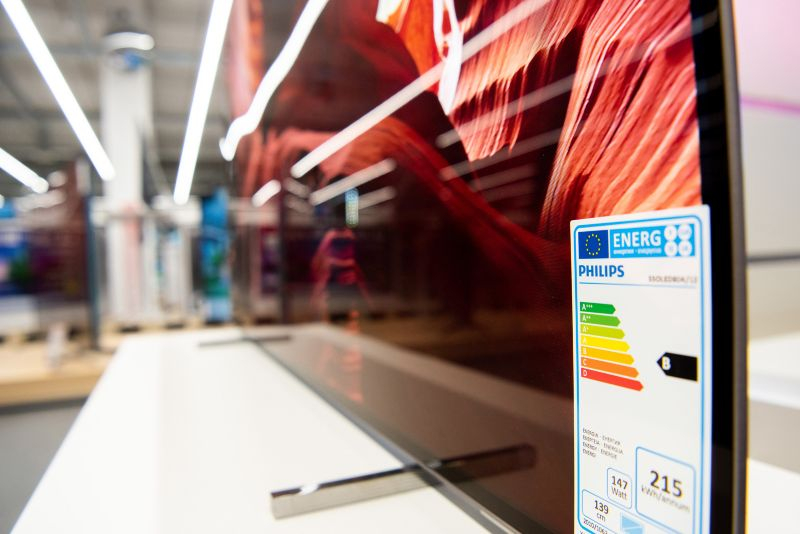
To which devices does the new labeling apply and from when?
The new energy label will be introduced in a gradual process. The first appliances with dual labeling, i.e. with both the old and the new label, have already been on the market since November 2020. From the beginning of March 2021, the following product groups must carry the new label:
- Dishwasher
- Washing machines and washer-dryers
- Refrigerators, freezers and wine coolers
- Displays and monitors
The EU has defined a number of exceptions: for example, models whose new production was discontinued were allowed to keep the old label for an additional nine months.
For lamps and light bulbs, the new energy label was introduced on September 1, 2021. The transition phase will last until February 28, 2023, during which time products will carry both the old and new energy labels at the point of sale. The legislator has granted a relatively long transition period here because the energy label is usually printed on the packaging. In this way, retailers can sell their stock without having to repackage the products.
For all other product groups subject to mandatory labeling, the changeover will still take some time. The planned timetable: from 2024, it will be the turn of most other product groups, such as ovens or vacuum cleaners; heaters will not be on the market with the new energy label before 2026.
In our great list of electricity saving tips from WEMAG you will find out how to save even more electricity in general.

When is a new purchase worthwhile?
Under the new, stricter criteria, many older appliances would only end up in “poor” energy efficiency classes E, F or G. Is it better to replace these old energy guzzlers with new, high-efficiency appliances as soon as possible, for the sake of the environment and your pocketbook?
But this calculation does not always work out well. After all, the production of electrical appliances also consumes resources, costs energy and thus causes CO2 emissions. To this must be added the costs of transportation and disposal of the old device. The associated environmental impact is not included in the consumption figures. Therefore, for the environmental balance, we have to admit that it is often better to keep using the old electric stove or TV until it breaks down and only then invest in a new economical appliance. Often, a broken appliance can be repaired without much effort.
But it also depends on the type of device. According to studies, it may make sense to replace refrigerators and freezers after only 5 to 10 years, because the new generation is much more energy efficient. The same applies to electric dryers: from the “old” efficiency class C upwards, they are very inefficient according to eco-experts and therefore cause an unnecessarily high environmental impact.
Usage habits are also decisive
Another thing to keep in mind is that anyone who replaces their old TV with a high-efficiency flat screen the size of a movie screen has probably not done the environment any favors. Because a large appliance consumes more electricity from the start, even if it is technically optimized. The same applies if the dishwasher is only half full in the Eco wash cycle. In this case, too, the potential savings effect is quickly cancelled out.
Experts also call this phenomenon the “rebound effect”: technical progress makes products more efficient and often also cheaper. But this may tempt people to consume more or use appliances more carelessly. Therefore, even with very efficient devices, be careful not to use them unnecessarily often or for long periods of time!
How to calculate how long it takes to amortize a new purchase
At what point is it economically worthwhile to replace an old appliance? You can calculate it if you know the consumption values of the old appliance and can estimate how often you use it. To do so, follow these steps:
1, Is the energy label of the old appliance availableor is there a description of the appliance? Look there for exact consumption values. Typically, this is a specification of “x kWh (kilowatt hours) per hour”. If you cannot find information from the manufacturer, you can also determine the exact consumption using a special electricity meter.
2, Calculate the frequency of use of the device (in hours per year). On this basis, you can calculate the annual electricity demand (in kWh).
Multiply the number of kilowatt hours (kWh) by the current price of electricity: you will get the annual cost of electricity.
4, Now perform this calculation with the consumption values of the new appliance you wish to purchase.
5, The difference between “old” electricity costs and “new” electricity costs is the amount you can save annually.
6, Now divide the purchase price of the new appliance by this amount. You will then know in how many years the new purchase will have paid for itself.
New comparison tool to help consumers shop for home appliances
If you decide to make a new purchase, the “LABEL2020 Scan & Check” comparison tool(https://tool.label2020.eu/qr-scan) will help you choose the right device. The development of this tool was financed with EU funds and is part of the EU project “LABEL 2020”, which aims to ensure a smooth transition to the new energy label. The comparison tool uses data from the EU-wide EPREL database, where manufacturers have to register their products since 2019. Consumers also have direct access to this database, but the EU-funded Scan & Check tool is easier to use.
No registration is required to use the tool. Consumers can use it to search and compare products from their computer or cell phone. To do this, simply scan the QR code on the energy label or enter the manufacturer’s name and model designation. The tool allows you to compare any number of products according to the selected criteria. In addition, the expected operating costs can be calculated based on individual usage behavior. This should enable a better informed purchasing decision and help save valuable energy in the home.
We hope you found it useful. And just in case, here’s a video from Ireland, which is very easy to understand!

